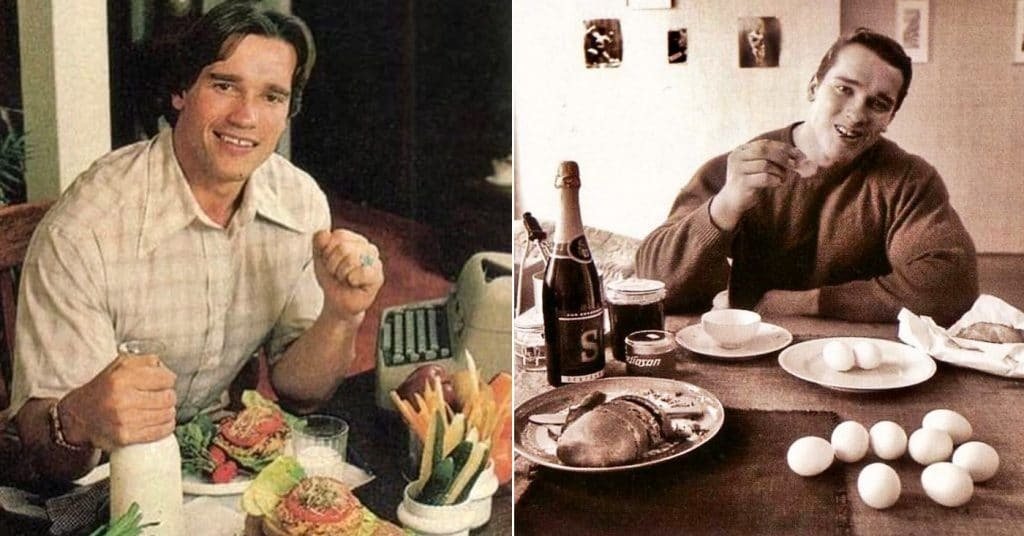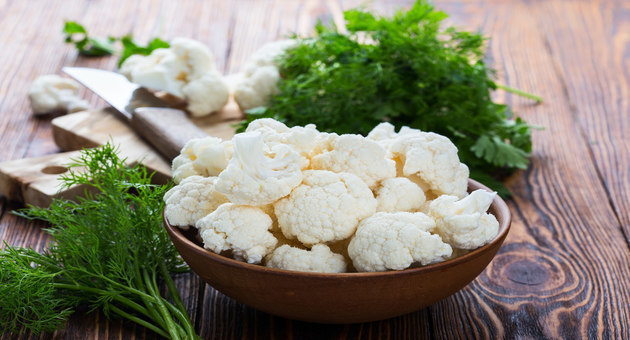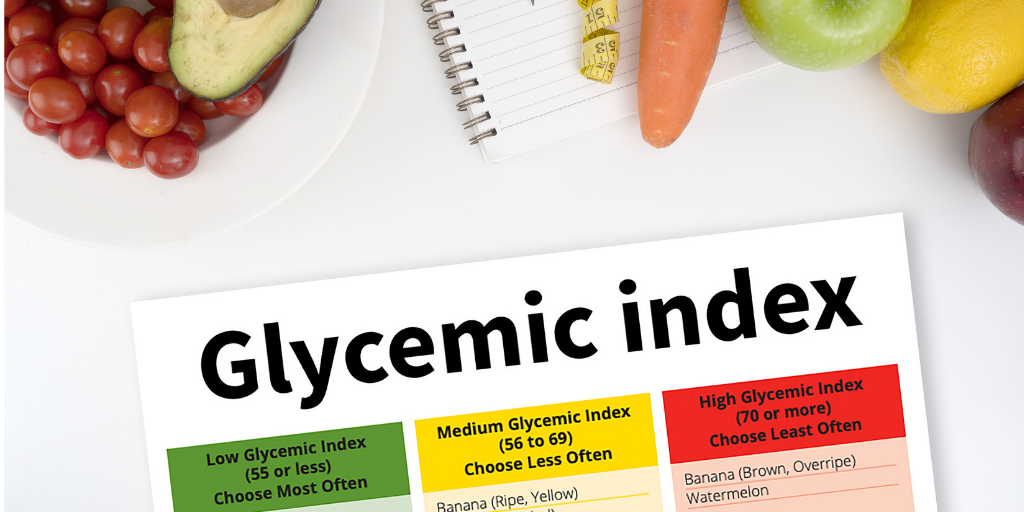Nutrition is just as important as training for building muscle. In fact, if you don’t eat right, your results will suffer. In this article, we discuss how legendary old-school bodybuilders like Arnold Schwarzenegger, Frank Zane, and Tom Platz ate to build their legendary physiques.
A lot of people think that the sport of bodybuilding peaked back in the 1970s and 1980s, referring to this period as the golden era. During this time, bodybuilders were muscular and lean but still looked athletic. They had clearly defined waists and that classic V-shaped torso. “Mass monsters” were few and far between.
There were no growth hormone guts, and it could be argued that the bodybuilders of yesteryear were healthier too. Sure, steroids were in use, but the amounts were small by today’s megadose standards. Even elite competitors cycled them, spending as much time “off” the performance-enhancing drugs as they did on.
Training-wise, old-school bodybuilding workouts haven’t changed all that much. Back in the 1970s and 1980s, bodybuilders mainly used body part splits, such as the push-pull-legs program, although even Arnold Schwarzenegger sometimes used full-body workouts for a change of pace.
Modern bodybuilding gyms are usually better equipped than the gyms of old, and resistance training machines are more sophisticated than they were during the golden era of bodybuilding. However, like today, compound exercises such as squats and bench presses were the foundation of most muscle-building workouts.
But, when it comes to nutrition, things have changed a fair bit. During the 1970s and 1980s, processed foods were almost unheard of, and supplements were much less common. Bodybuilders ate quite normally, and very few followed what could be described as a fad diet.
So, how did the bodybuilding stars of the golden era fuel their workouts and eat for muscle mass?
Let’s take a look!
Protein
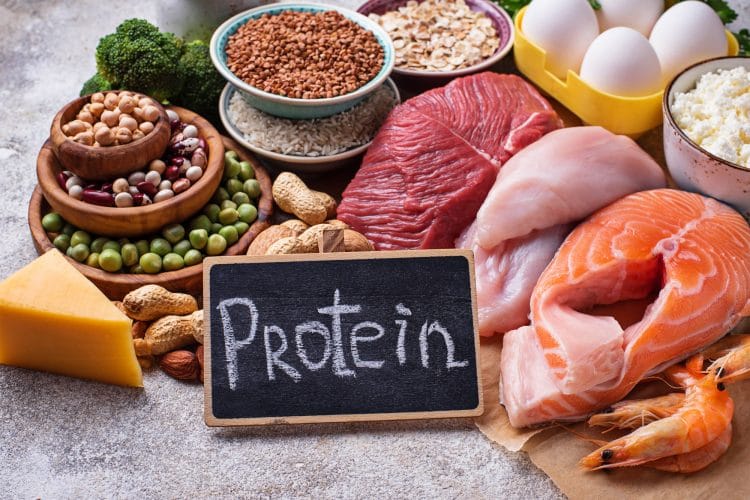
As every bodybuilder knows, protein is the most critical nutrient for building muscle. When you train, you cause microscopic damage to your muscle tissues. With rest, your body repairs this damage so that your muscles grow back bigger and stronger. This is a process called anabolism.
Your body uses protein like a builder uses bricks to shore up the trauma of training. Or, more specifically, the amino acids in protein.
Modern bodybuilders eat a lot of protein but also make sure that they get enough of this critical macronutrient by using protein shakes. There are lots to choose from, including whey protein, caseinate, beef isolate, and plant-based protein powders, all of which come in various flavors.
Old-school bodybuilders did not have access to such an array of protein powders. Yes, things like milk and egg protein powders existed, but they didn’t taste very good and often caused severe stomach upsets, so they weren’t as popular as they are today.
So, how did the bodybuilders of the golden era make sure they consumed enough protein?
In most cases, they ate a LOT of meat and other animal products.
Vegetarian bodybuilders were few and far between, with Bill Pearl being the most notable exception. The majority of successful bodybuilders during this time ate meat several times per day and in large quantities.
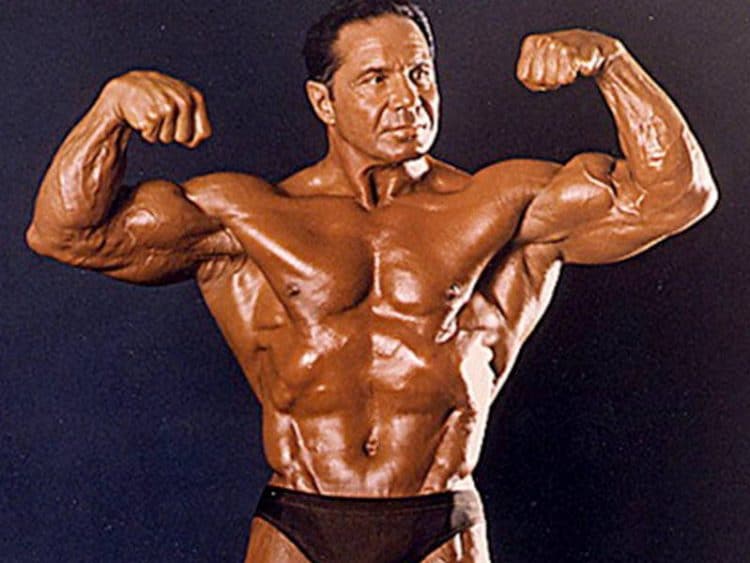
High protein staples from the golden era of bodybuilding include:
- Beef – steak was especially popular
- Chicken and turkey – cooked in their skin
- Eggs – usually eaten whole
- Fish – especially tuna
- Cottage cheese
- Milk
Instead of protein shakes, bodybuilders ate high protein foods at every meal and snack.
Some even mixed dried milk powder with milk to make consuming enough protein a little easier.
Speaking of milk, one of the most popular bulking diets of this time was the gallon of milk a day diet, or GOMAD for short. This diet is as simple as it sounds – eat normally and drink a gallon of milk a day. This was an easy (and cheap!) way to increase protein and calorie intake. Needless to say, this was not a diet for anyone with lactose intolerance.
The GOMAD diet was often combined with the 20-rep squat routine for bulking purposes.
Carbohydrate
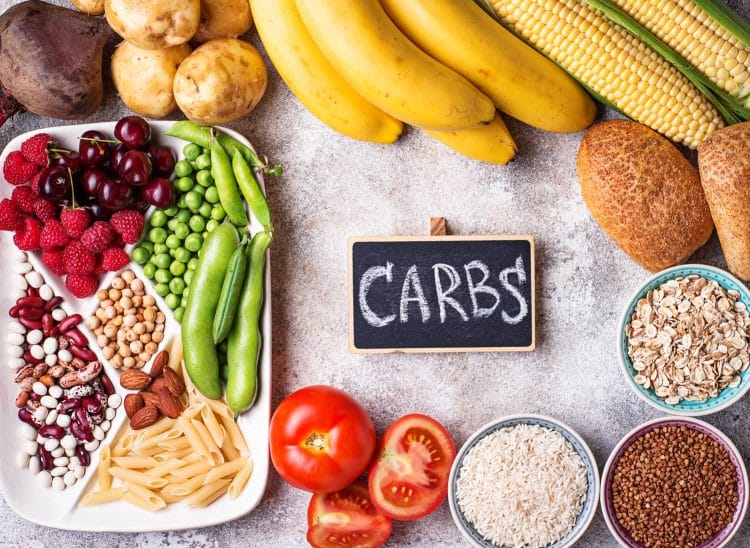
Carbohydrates provide you with the energy you need to work out. When you eat carbs, they’re digested and broken down into glucose. That glucose is then stored in your liver and muscles as glycogen, while some remains in your blood to fuel your brain. Excess glucose is converted to and stored as fat.
Like modern bodybuilders, old-school bodybuilders understood the importance of eating enough carbohydrates, but not consuming so much they gained too much fat. One way they did this was by carb cycling.
In simple terms, carb cycling involves manipulating your intake according to your current training phase. For example, during the lead-up to competition, a low-carb diet can help shed body fat. For old-school bodybuilders, that usually meant eating less bread, rice, and potatoes and more salad and non-starchy vegetables.

Some bodybuilders took a more radical approach to pre-contest nutrition and eliminated carbs altogether. Bodybuilding guru Vince Gironda put his athletes on a steak and egg-only diet for the three weeks leading up to a show. However, Gironda was considered something of a maverick, and a lot of bodybuilders ate carbs all year round, albeit in varying amounts.
Popular old school bodybuilding carb foods included:
- Potatoes, yams, and other starchy vegetables
- Bread
- Rice
- Pasta
- Oatmeal
- Pancakes
- Fruit, especially bananas
In general, most old-school carbs were unprocessed. This ensured that, as well as energy, they ate plenty of vitamins, minerals, and fiber. As such, most golden-era bodybuilders ate very healthily.
The main thing missing from the diets of old-school bodybuilders is sugar. Sugar consumption, in general, was lower in the 1970s and 1980s than it is today, and bodybuilders were especially careful not to consume too much.
Sugar was viewed as a source of “empty calories.” This meant it provided energy but had no nutritional benefit or value. Bodybuilders who wanted something sweet were more likely to use maple syrup or honey than sugar, and high sugar snacks like candy were mostly avoided.
In summary, carb intake tended to be higher during bulking and then lower when it was time to shed some fat and get ready for a competition. However, very low carb and keto diets were relatively rare, although a few athletes used them during the lead-up to a bodybuilding show.
Fats
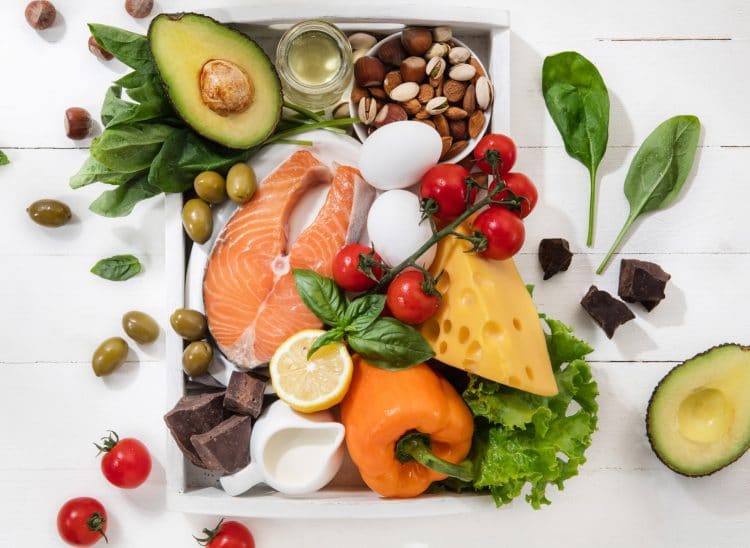
One of the most significant differences between the old-school bodybuilding diet and the modern bodybuilding diet is the amount and type of fat consumed. Where many modern bodybuilders try to keep their fat intake relatively low, golden-era bodybuilders used to eat fat in abundance.
The main source of fat in the old-school bodybuilding diet was protein. Things like red meat, dairy, and whole eggs all contain a lot of fat. Chicken and turkey were also eaten with the skin intact, which is another source of fat.
In contrast, most modern bodybuilders rely on lower-fat and fat-free protein foods and pick the fats they do eat more carefully, such as olive oil, avocados, and flaxseeds. Egg white omelets, skinless chicken breasts, and fat-free protein shakes are current dietary staples.
Fat is an important nutrient that plays an essential part in the synthesis of anabolic hormones, including testosterone, growth hormone, and IGF-1. A very low-fat diet is not necessarily healthy and could even impair muscle growth.
However, fat is also calorically dense, coming in at nine calories per gram, as opposed to four calories a gram for both carbs and protein. Because of this, some old-school bodybuilders would reduce their fat intake during the run-up to a show.
The rest of the time, many would purposely eat more fat to help them gain weight and bulk up. It was not uncommon for the bodybuilders of the golden era to chug down cups of cream to make sure they gained weight in the off-season.
Supplements
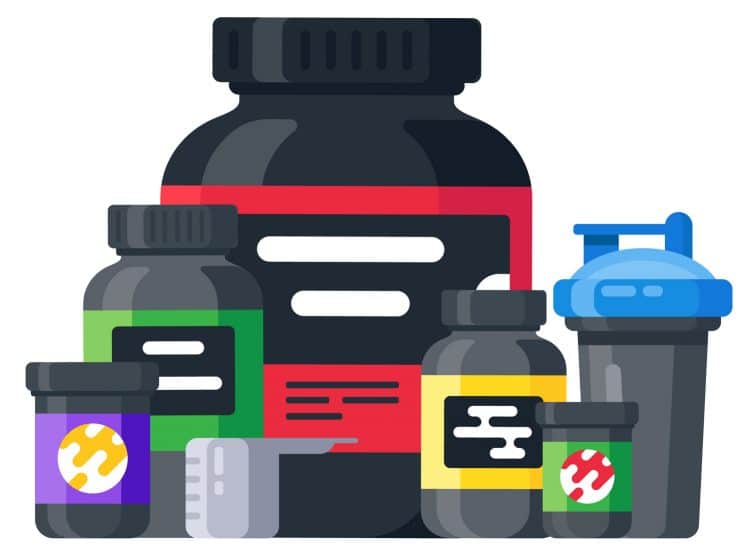
The bodybuilding supplement industry was in its infancy during the 1970s and 1980s. Most golden-era bodybuilders relied almost entirely on food to meet their nutritional needs.
A few supplements were in use, although their impact and benefit were very low.
Old-school bodybuilding supplements include:
- Brewer’s yeast – a source of B vitamins
- Desiccated liver – a source of protein, vitamins, and minerals
- Milk and egg protein powder
- Chitosan – a fat blocker used during cutting made from crushed seashells
- Vanadyl sulfate – to increase insulin sensitivity
- Sodium bicarbonate – to neutralize the effect of lactic acid
- Glandulars – dried animal testes, thought to be a source of testosterone
- Multivitamins and minerals
Compared to what is available now, this is a very short list! However, it was around this time that more supplements were being developed, and things like creatine were gaining popularity.
Nowadays, supplements like fat burners, testosterone boosters, pre-workout energizers, and protein shakes are commonplace. However, in the old school era, a lot of bodybuilders didn’t even use supplements.
Sample Old-School Bodybuilding Diet

As is the case today, there is no official, one-size-fits-all bodybuilding diet. Ask ten different bodybuilders what they eat, and you’ll get ten different answers! That’s because we all have different nutritional needs and like different foods. Things like allergies and intolerances also play a part in determining the ideal diet.
But we CAN provide you with an example of what an old-school bodybuilder would have eaten on an average day.
Breakfast – Beef patty or bacon, three whole eggs, cottage cheese, oatmeal, orange juice.
Mid-morning snack – Can of tuna or hard-boiled eggs.
Lunch – Chicken or fish, large salad, baked potato, milk.
Mid-afternoon snack – Can of tuna or hard-boiled eggs.
Dinner – Steak or Chicken with rice and vegetables, milk.
Evening snack – Cottage cheese and vegetable omelet.
Like a lot of modern bodybuilders, old-school bodybuilders also enjoyed occasional cheat days. These often happened on Sundays. On a cheat day, they ate the foods they couldn’t eat during the week. This usually coincided with a day off from training, as many of them trained Monday to Saturday.
Popular cheat foods included ice cream, pies and cakes, candy, soda, and desserts. However, these cheat foods made up a very small percentage of their weekly caloric intake.
Old School Bodybuilding Diet – Wrapping Up
Modern bodybuilding diets can often seem quite complicated, with things like macros, the glycemic index, and meal timings to consider. And while such a finely tuned diet could help you make marginally better progress, you could get similar results by adopting a more old-school approach to nutrition.
In simple terms, eating like an old-school bodybuilder means mainly eating natural food and eating lots of it. Try to eat protein at every meal, get your carbs from things like oatmeal, rice, and potatoes, and don’t worry too much about the naturally occurring fats in things like eggs, meat, and dairy. Providing you are training hard enough, some natural dietary fats should actually do you good.

I once asked old-school bodybuilder Phil Hill about HIS diet, and his answer has always stuck with me. He said, “steak and potatoes for bulking and chicken and salad for cutting”. Obviously, this was an over-simplification of his diet, but as a basic guideline, it makes perfect sense.
